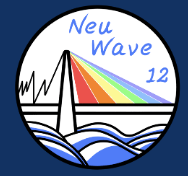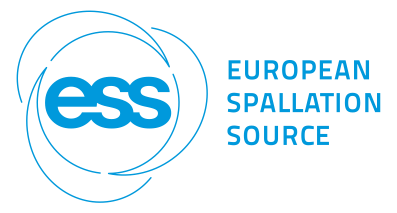Speaker
Description
Slowing and stopping the ongoing rapid climate change necessitates the reduction of CO2 emissions and, therefore, fossil fuel consumption. Transportation, particularly motorized private transport, contributes significantly to fossil fuel consumption. Here, transitioning to battery elec-tric vehicles (BEVs) is an option to reduce the consumption of fossil fuels, assuming a CO2-free electricity production. Compared to conventional vehicles, BEVs have a reduced range due to a lower energy density in the battery. Next to the development of higher capacity batteries, an avenue for a higher range is to improve the efficiency of the electric drive. In our DFG-supported project, we investigated the improvement of electric drives by targeted residual stress.
Electric drives, i.e. synchronous motors, used in BEVs require the careful guidance of the magnetic flux in the rotor. The rotor comprises a stack of non-oriented electrical steel (NOES) sheets. Conventionally, material is removed from the sheets to create flux barriers. These removed areas are called cutouts and reduce the mechanical strength and, hence, the achievable rotational speed of the drive, which affects its power density and efficiency. Here, we showed that residual stress introduced by embossing, a local forming process, locally reduces the magnetic permeability. Inverse magnetostriction describes the change of magnetic permeability due to residual stress. The locally reduced permeability displaces the magnetic flux from these regions and concentrates it in other areas. Neutron grating interferometry (nGI), an advanced neutron imaging technique, is uniquely capable of mapping the magnetic flux displacement with high spatial resolution in the bulk of electrical steel, as shown in Fig. 1.
In our contribution, we will present how polychromatic and energy-resolved nGI allowed us to verify the magnetic flux guidance by mapping the dependence of magnetic domain size and orientation on material parameters and applied magnetic field. Further, we will present our current DFG-supported industry transfer project. Here, we are working with our collaborators from mechanical and electrical engineering and an industry partner to use the previously gained insights to build more efficient electric drives using residual stress to guide the magnetic flux.
| Abstract Topic | Application studies |
|---|

